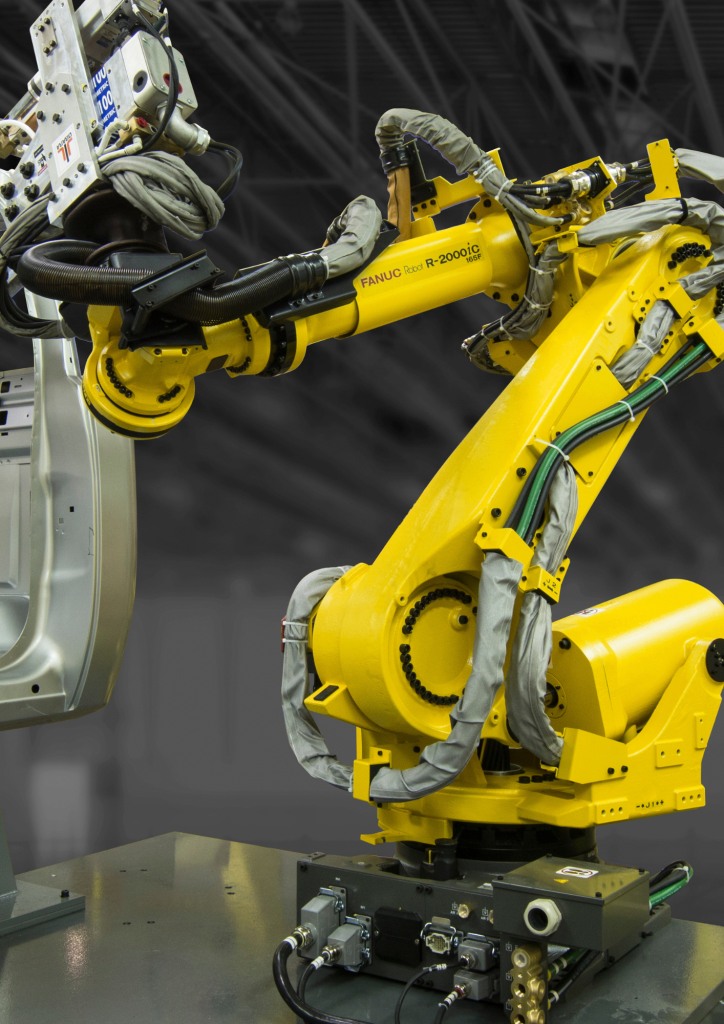Robotic arms, at the center of modern manufacturing and production, are changing the norms in a manner that was previously unimaginable. They blend high-quality, safety and efficacy. The mechanical marvels, often known as robot arms have become indispensable to businesses around the world, motivated by the necessity to reduce operating expenses without compromising on quality. Integrating robotic arms into manufacturing lines allows manufacturers to not only cut costs, but also enhance work safety and efficiency. We’ll investigate how these groundbreaking machines are changing the landscape of industrial production.
Cost-effectiveness is the primary driver behind the use of robotic arms around the world. Factories are under constant pressure to reduce production errors, decrease production waste, and cut down on workplace accident rates. A robotic arm addresses these challenges head on. In contrast to human workers, robotic arms complete repetitive tasks with pinpoint precision which eliminates costly errors and reducing waste of raw materials. For example, in industries with high volumes such as automotive manufacturing arms execute precise welding and parts placement, ensuring flawless assembly each time. This precision could translate into significant savings because less damaged products mean less rework or waste.

Image credit: automatedsolutions.com.au
The security of robot arms is an essential element. Certain manufacturing processes like handling hazardous materials or using machines that are heavy can pose dangers for humans. Robots allow businesses to keep their employees away from risky working environments and minimize the risk of injuries at work. A robotic arm, designed as a kinematic string of moveable joints, is modeled after the function of a human arm, but is not at the danger of physical injury. The machines come with robotic hands, or end-effectors that can be programmed. They can perform tasks such as grasping, spinning and welding, in conditions that could make it unsafe for humans.
The range of applications for robot arms can be a game changer in many industries. From automotive assembly to electronics production, robots can adapt to a wide range of jobs. The fact that they can be programmed allows them to execute complex tasks like machine tool tending, painting, or fiberglass application with unmatched reliability. Robotic arms in warehousing have revolutionized palletizing through the automation of load of goods onto pallets. The automation does not just boost efficiency but also ensures high reliability as robots can work continuously without fatigue.
The development of cobots (collaborative robots) which work in conjunction with human workers is one of the most exciting innovations in the field. As opposed to traditional industrial machines that are limited to isolated cells, cobots equipped with robotic arms have been designed to ensure safe and seamless interactions with humans. In a manufacturing environment cobots’ robotic arms could be able to handle large lifting tasks or repetitive tasks, freeing human workers to focus on more difficult tasks. This collaboration increases productivity and maintains a safe workplace, since cobots can be programmed to change or stop their movements if someone is nearby.
Robotic arms have an enormous impact on modern manufacturing and not only in terms of safety, but also efficiency. Their capability to complete tasks like welding and assembly or material handling with extreme precision has made them essential in high-risk industries. In automotive production such as assembly the robot arm is able to rotate and move parts in the assembly process to ensure perfect alignment, without the necessity of human intervention. Similarly, in electronics, robot arms handle delicate components with care, reducing damage and improving output quality.
As the world of manufacturing continues to change and become more complex, the importance of robotic arms will continue to grow. They are a cornerstone for the future of manufacturing because of their ability to cut costs, increase security, and adjust to various tasks. Robot arms, that combine modern technology with human imagination they are not just tools as much as they are partners in progress. They fuel innovations and revolutionize how the world is constructed.



